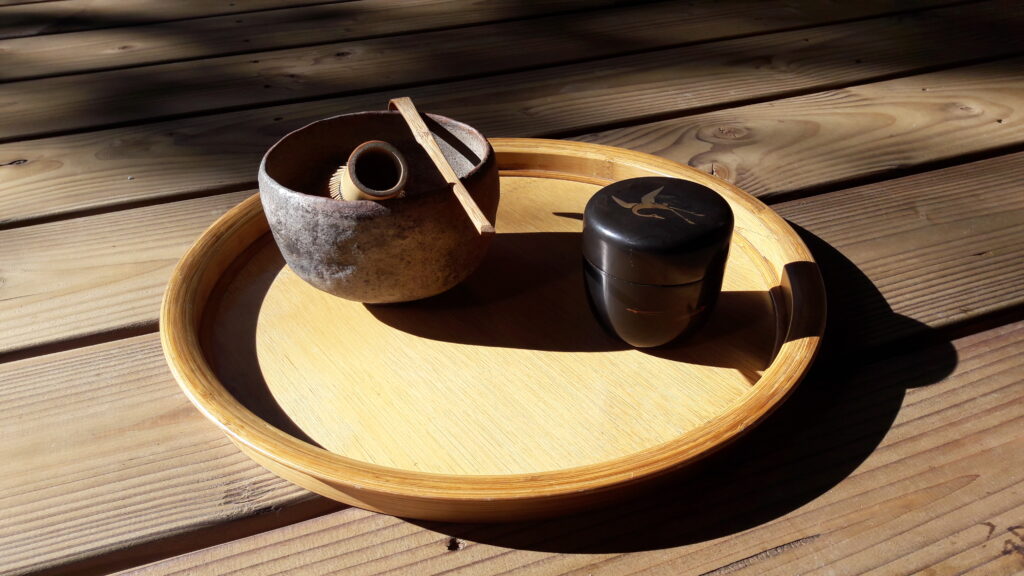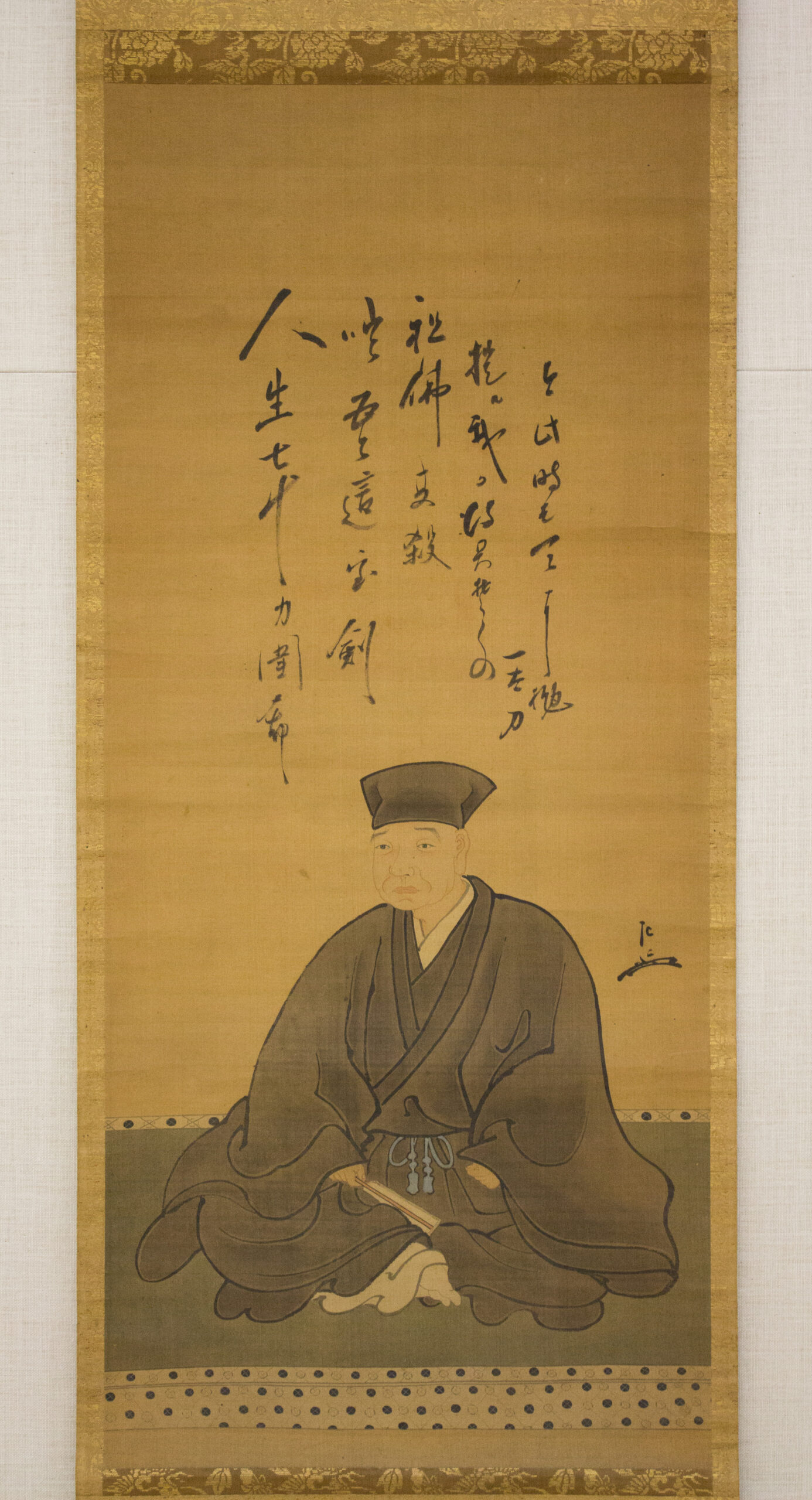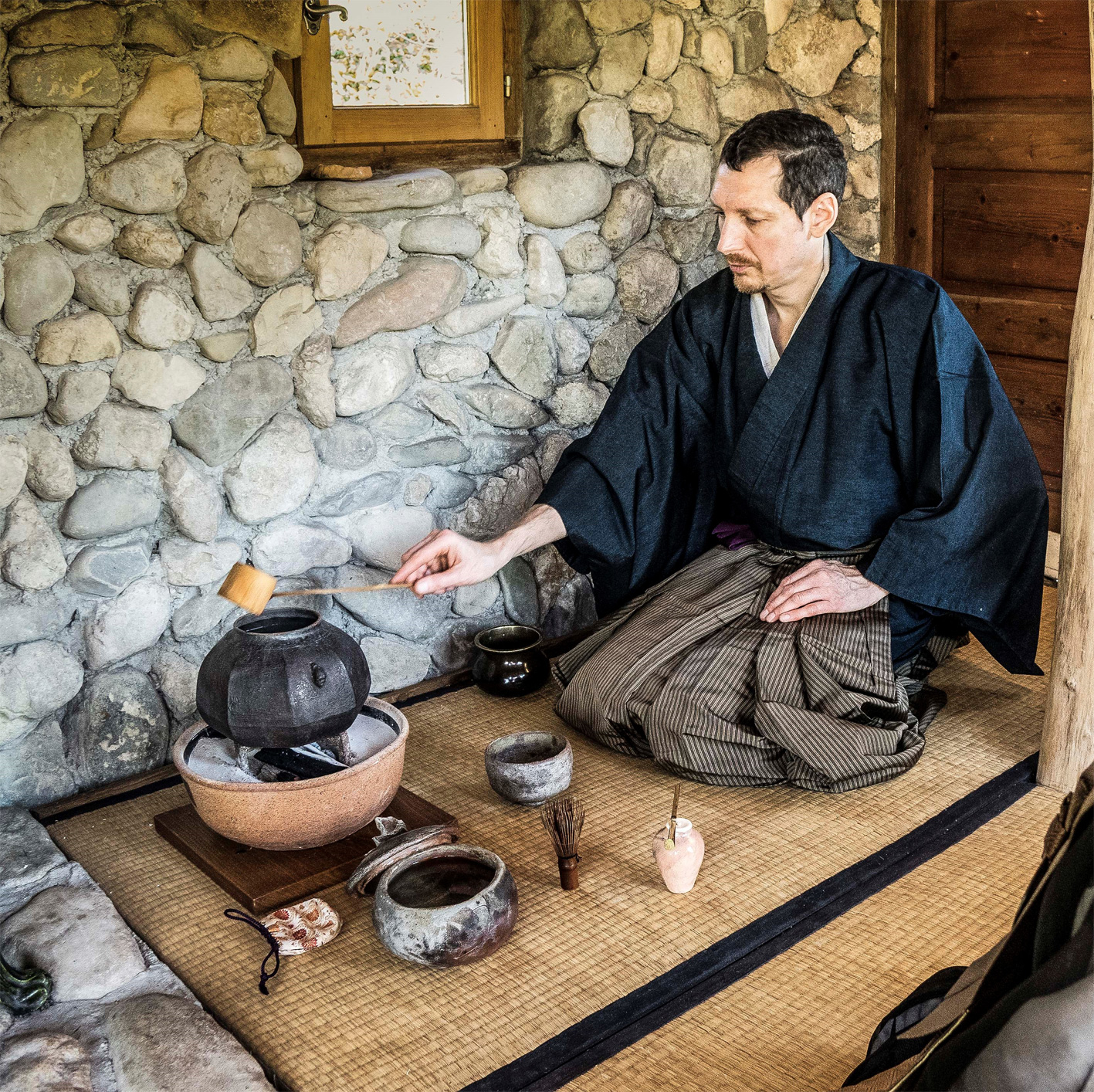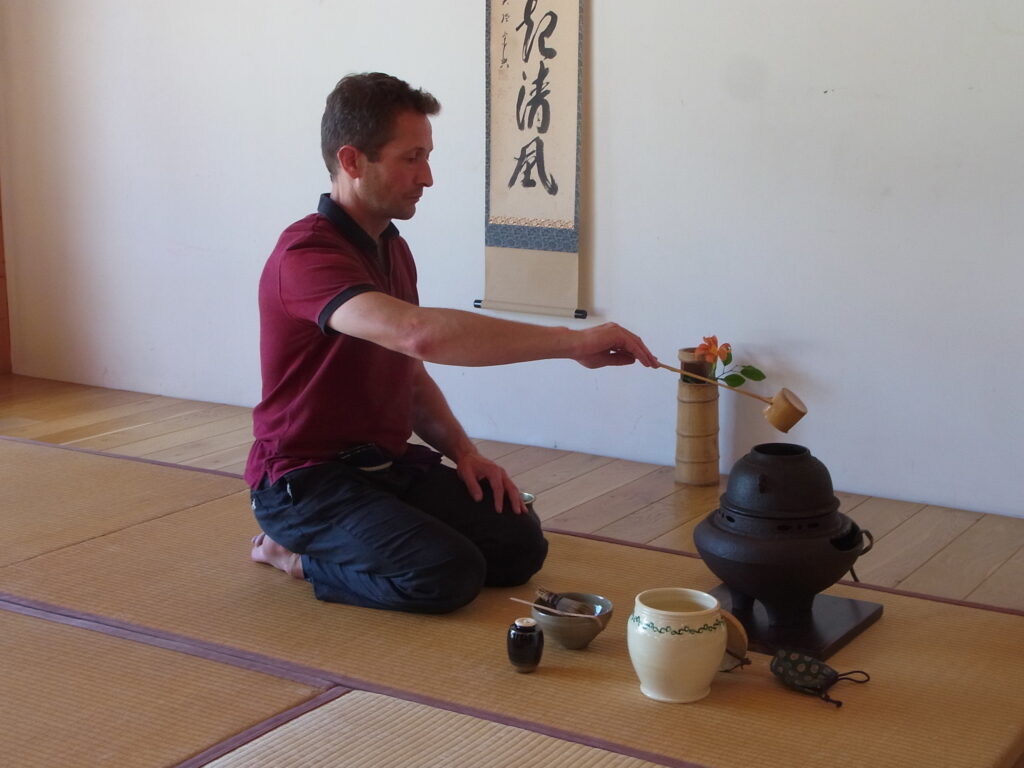Presentation

The Way of tea is a universal practice involving presence and concentration, and encompassing all that is central to the development of humanity.
Indeed, the Way of tea is a practice with multiple facets. It is a social practice, a cultural practice, an aesthetic practice, an artistic practice, a spiritual practice… It even had a major political role during the Japanese civil war in the 16th century.
It is an ancient practice that has been refined over the centuries, and multiple influences have contributed to its profoundness. Dating back to China more than one thousand two hundred years ago, the tea ceremony has been shaped by the great traditions of humanity: first by Taoism, then by Buddhism, in particular Chinese chán Buddhism. When it came to Japan in the 12th century, it was influenced by Zen, Shintoism and even Christianity. This syncretic practice also brought multiple spiritual traditions to a simple and daily human activity, present in every corner of the world, in all civilisations and since the beginning of time: the preparation of a hot drink.
The great strength of the tea ceremony is to bring an unexpected depth and importance to one of our most basic daily acts. By doing this, it compels us to live each moment of our lives with this same quality of presence.
Sen no Rikyū

Sen no Rikyū has a particularly important role in the history of the Way of tea in Japan.
Recognised universally as the great master of all time, he took the practice back to its spiritual roots, and he’s the source of all the tea schools present in Japan even today.
Sen no Rikyū lived in the 16th century in an extremely difficult political and economic context, at the height of the civil war.
He made tea and tea houses a place of refuge for human dignity.
The current tea ceremony unfolds according to the ritual and codes that he put in place.
He compiled the essence of this practice in the form of a hundred precepts, two of which are outlined below:
右の手を扱ふ時はわが心左の方にあるとしるべし。
When you use your right hand,
remember to keep the heart of your conscience in your left hand.
茶はさびて心はあつくもてなせよ、道具はいつも有合にせよ。
Receive with a warm heart
for simple and rustic tea,
and make it simply with what you have to hand.
Teaching

Franck Armand is the tea master at the Falaise Verte. Since 2015, he runs three four-day seminars per year.
Franck’s background is scientific; he did his doctoral thesis in physics in Japan. Initiated in traditional arts, Aikidō and Zen meditation, he immersed himself in Japanese culture through direct and concrete experience.
In France, Franck teaches the fundamental principles of the tea ceremony, which he’s been practising for more than twenty-five years and of which he’s been able to sense the universal significance.
Coming from the lineage of masters of the Omote Senke school, Franck’s teaching is particularly centred on the conscience of one’s body in movement and on breathing. Through the tea ceremony, he accompanies people on a path of presence, efficacy, vitality and joy.
Franck makes twice-yearly visits to Japan to pursue his learning and also organises cultural visits to Japan.
Sessions at the Falaise Verte in 2025

| Winter | Spring | Autumn |
|---|---|---|
| 12-16 February | 07-12 May | 01-06 October |
To ensure the quality of transmission, the number of places is limited. For more information, contact the Center or send an email to Franck Armand.